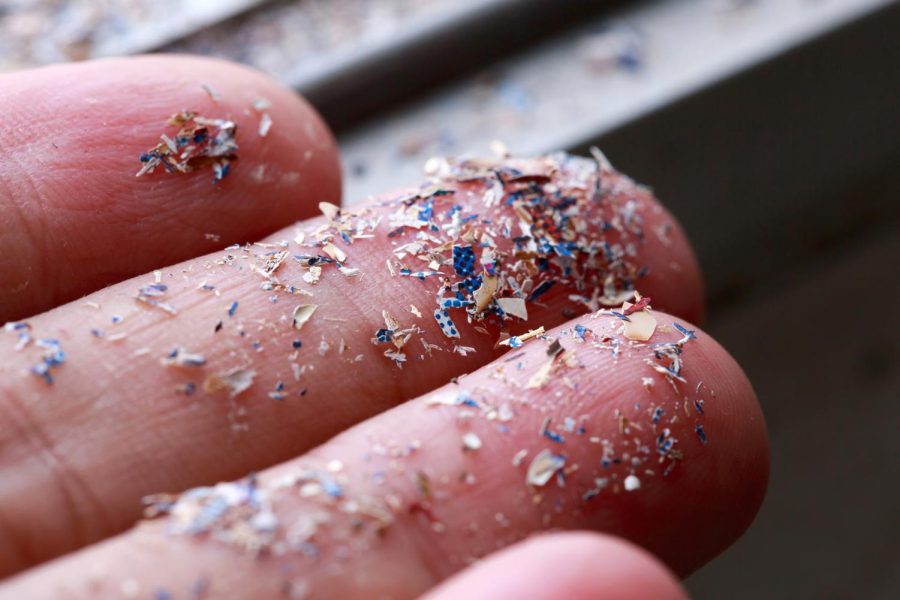Are we Consuming Microplastics?
In recent years, studies have emerged that show that we eat at least a small amount of microplastics every day. We ingest a vast amount of microplastics- it is present in our food, water, and even the air. In this article, we will dive into the recent phenomenon of microplastic consumption in humans.
Nowadays, microplastics are everywhere: in the food we eat, the water we drink, and the air we breathe. Considering the prevalence of microplastics, it is important to question how many microplastics we are actually consuming and their effect on our long-term physical health.
One example of how we ingest microplastics is the amount of microplastics present in seafood. When plastic trash is illegally dumped into the ocean, fish can ingest the microplastics, leading to human consumption of microplastic through cooked seafood. Microplastic ingestion is also possible through plastic water bottles. There are many other sources of microplastic consumption. According to the World Health Organization (WHO), “[microplastics] are ubiquitous in the environment and have been detected in a broad range of concentrations in marine water, wastewater, fresh water, food, air and drinking-water, both bottled and tap water.”
Microplastics are everywhere, but how do they affect our long-term health? The short answer is that there is simply not enough research giving convincing evidence that microplastics are harmful to our health. However, there is research that shows that although some microplastics are big enough to exit our body as usual, some microplastics are actually absorbed in the digestive tract. Additionally, according to the same article from the WHO, some microplastics may have chemicals or biofilms that could potentially be harmful to humans, but there is not enough evidence to support such a possibility. After conducting experiments with rats and mice, toxicology reports did show some liver inflammation, but not enough to sound the alarm for humans.
It is clear that microplastic consumption in humans simply has not been researched sufficiently to draw stable conclusions about the effects of it on our health. As of now, studies do not have adequate evidence to conclude that they are harming humans, but reducing the amount of microplastic consumption should still be practiced as a safety measure. Microplastics could definitely be harmful to humans or they could be perfectly fine.
Sources
https://pubs.acs.org/doi/10.1021/acs.est.0c07384
https://cdn.who.int/media/docs/default-source/wash-documents/microplastics-in-dw-information-sheet190822.pdf

Cody is a senior and is actively involved in Keynote, NHS, Robotics, and Yearbook. He is the co-editor of Yearbook in addition to being Co-Editor...

